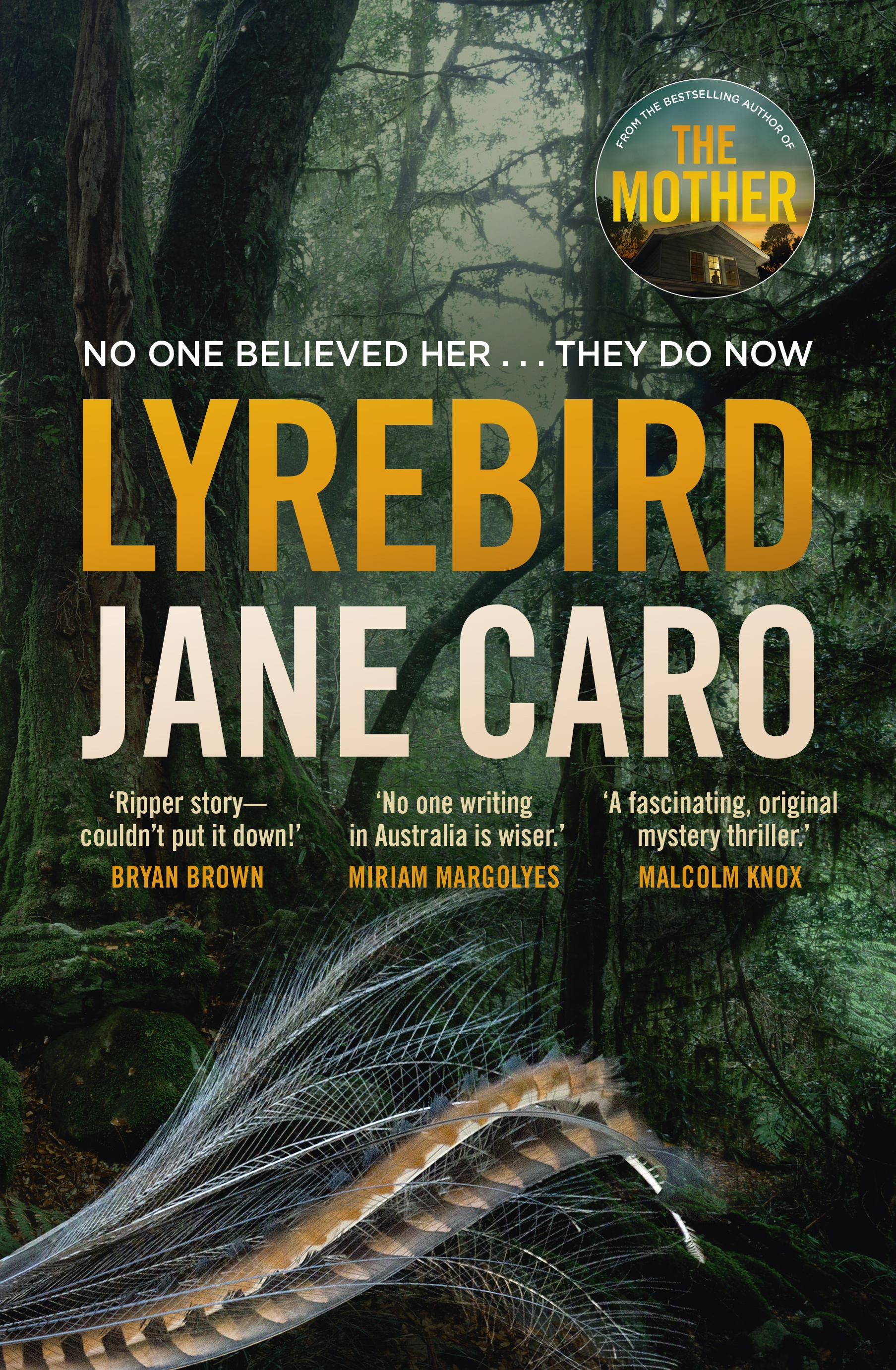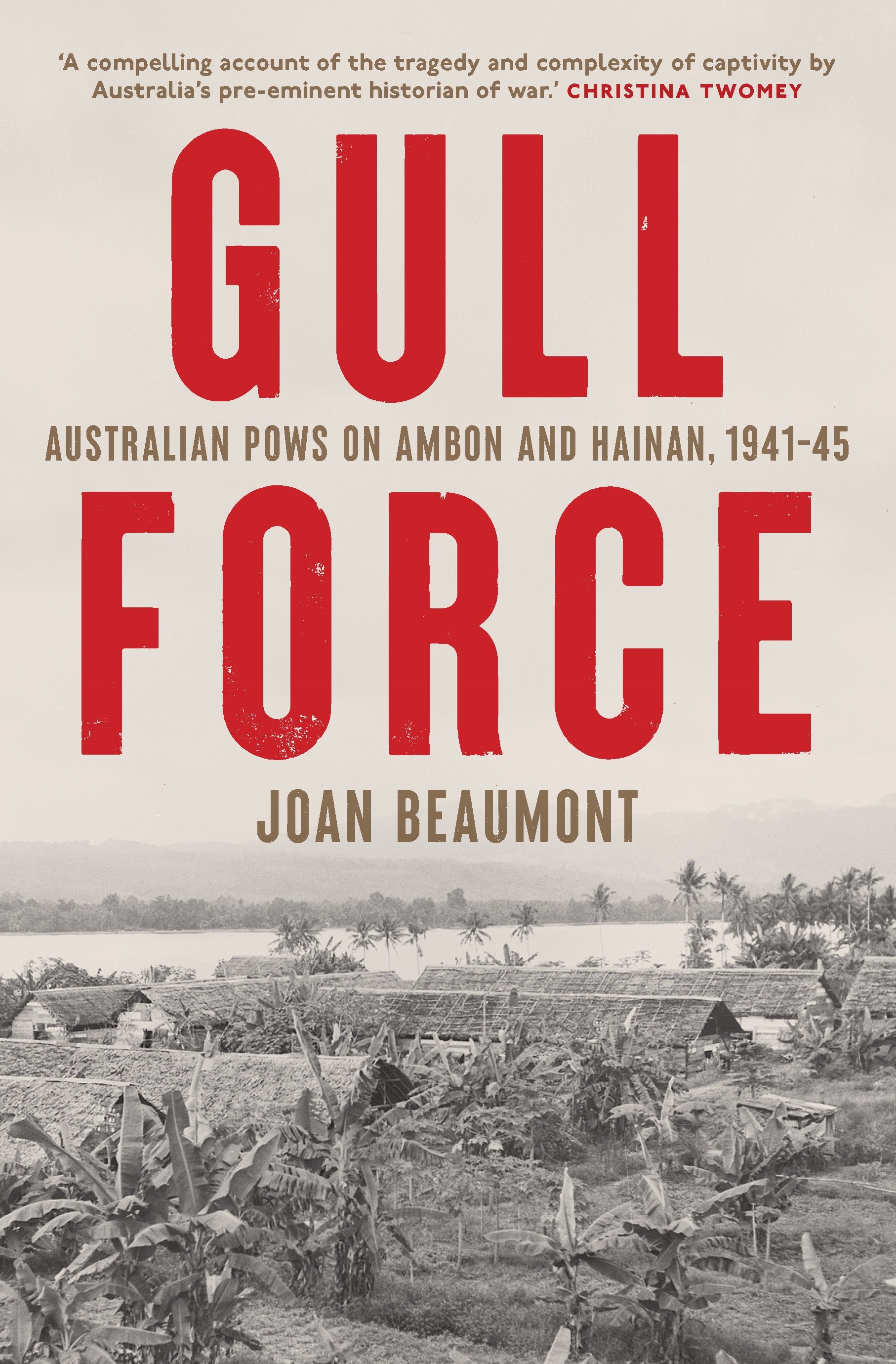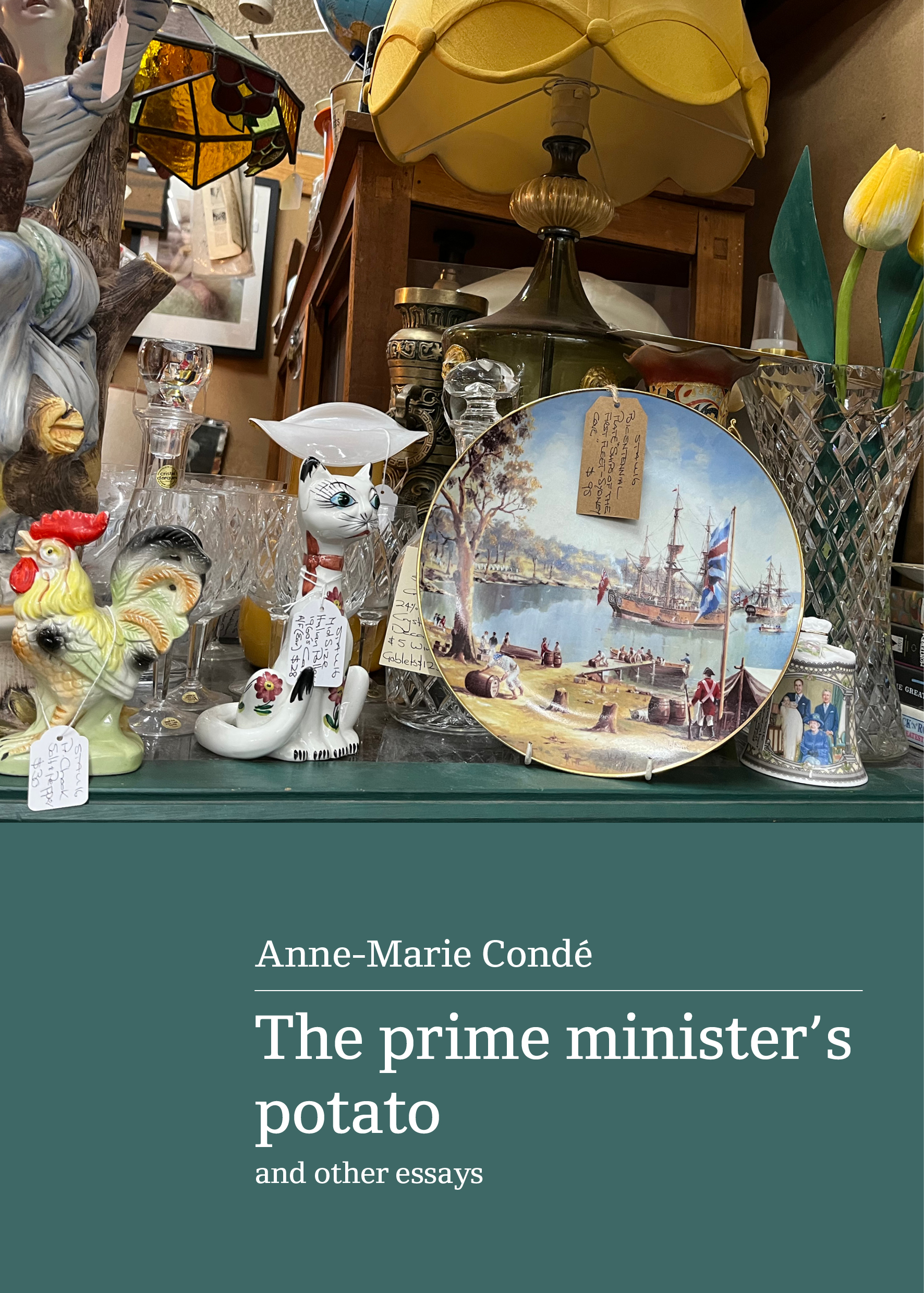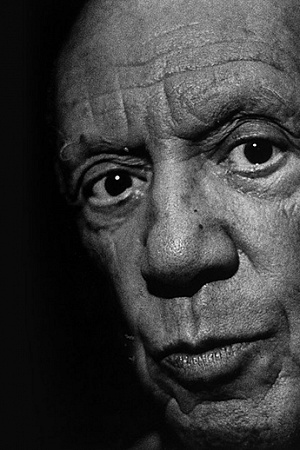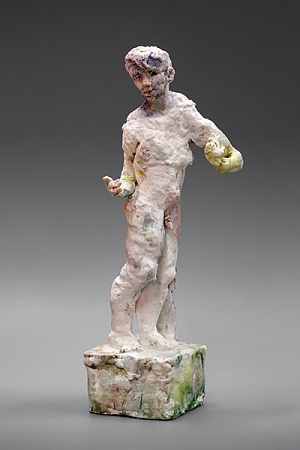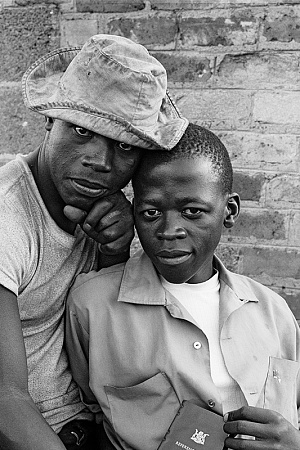Wonderland (ACMI)
I had never pondered the influence of Lewis Carroll’s stories, Alice’s Adventures in Wonderland (1865) and Through the Looking Glass, and What Alice Found There (1871). This left me completely unprepared for Wonderland, the Australian Centre for the Moving Image’s latest Melbourne Winter Masterpieces exhibition. The enormous influence of young Alice and her strange world of bizarre anthropomorphic creatures on the large and small screen documented in this exhibition is a revelation.
Carroll was a pseudonym for Charles Lutwidge Dodgson (1832–98), an English writer, mathematician, photographer, amateur inventor, and Anglican Deacon. Dodgson wrote Alice’s Adventures in Wonderland on the basis of story he spun one day to the young daughter of a family friend. Populated by characters familiar to readers in middle-class Victorian England, the stern governess as the Red Queen being one example, the book, to use contemporary parlance, was a hit. Dodgson followed it up with the sequel, which includes the well-known poem ‘Jabberwocky’.
While the Alice of literature is familiar, her screen life has been far less explored. Her best-known screen depiction is the 1951 animated Disney movie, Alice In Wonderland, which is singlehandedly responsible for embedding in the public consciousness the dominant conception of Alice as a blonde girl wearing a blue dress and a black hair ribbon. Second is Tim Burton’s 2010 film of the same name, with Australian actress Mia Wasikowska in the lead role.
Continue reading for only $10 per month. Subscribe and gain full access to Australian Book Review. Already a subscriber? Sign in. If you need assistance, feel free to contact us.

